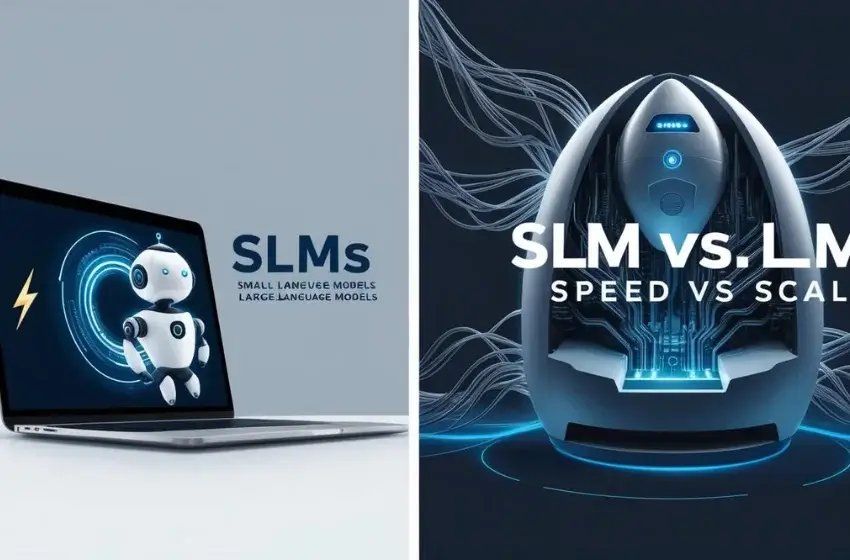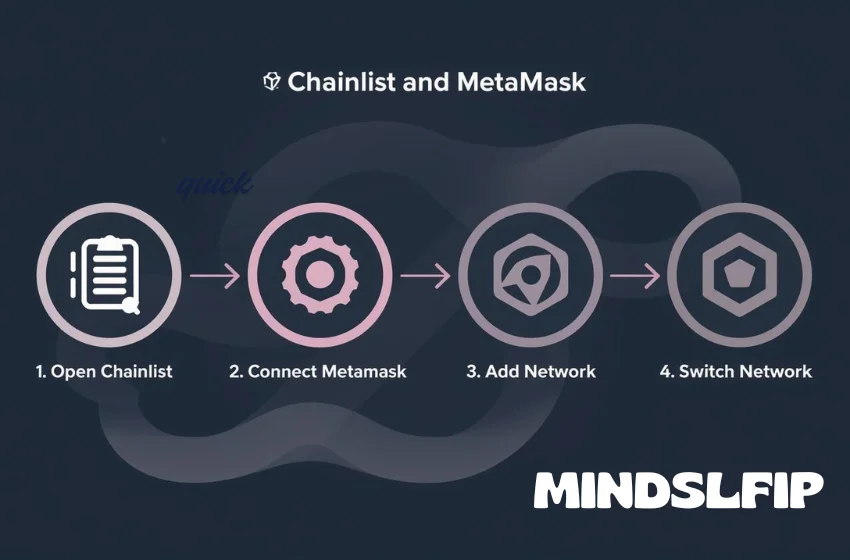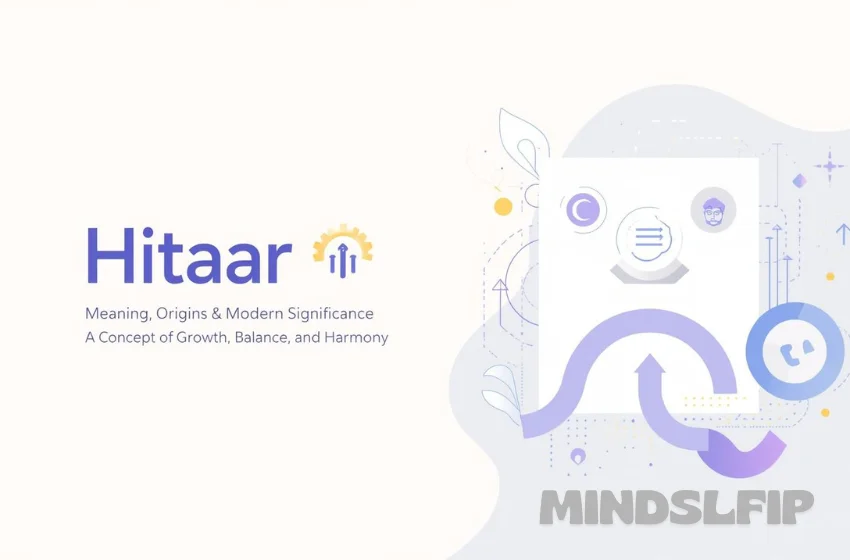Understanding the Difference Between SLM vs LLM: Key Points Explained
Language models have become effective tools for text production, analysis, and understanding in the quickly developing field of artificial intelligence. Large Language Models (LLMs) and Small Language Models (SLMs) are two well-known subcategories in this field. These technologies differ greatly in their design, capabilities, resource needs, and real-world applications, although having similar basic goals and ideas. Organizations and practitioners looking to implement the best solution for particular use cases while optimizing for performance, cost, and effectiveness must be aware of these distinctions.
Architectural Scale and Parameter Count
The primary difference between SLM vs LLM is the scale of their architectures, namely the quantity of parameters they have. While LLMs begin with several billion parameters and can reach trillions in the most extensive implementations, SLMs usually include models with parameter counts between millions and a few billion. This numeric discrepancy indicates fundamentally distinct methods to language interpretation and knowledge representation, not just size. A model's potential to capture linguistic subtleties, domain knowledge, and contextual linkages is directly influenced by the number of parameters; bigger models often have a stronger capacity for language complexity and generalization across a variety of themes.
Computational Resource Requirements and Deployment Flexibility
Significantly differing computing resource needs result from the significant variation in parameter counts between SLMs and LLMs. Edge devices together with local workstations and small cloud instances are appropriate SLM users because their operations often depend on regular consumer-grade GPUs as well as CPUs. Specialized high-performance computing clusters with several sophisticated GPUs or TPUs and optimal infrastructure setups still represent the typical computing requirements needed for LLMs. While LLMs are limited to resource-rich infrastructure settings, SLMs offer greater versatility across computing environments, which has a substantial influence on deployment flexibility, operational costs, and accessibility.
Context Window Limitations and Information Processing
These model types differ significantly in terms of the context window, which shows how much text a model can analyze in a single action. SLMs are generally unable to retain coherence throughout lengthy papers or complex discussions due to their more narrow context windows, which are sometimes restricted to a few thousand tokens. On the other hand, LLMs are able to handle far bigger context windows; sophisticated models can handle tens or even hundreds of thousands of tokens at once. In order to provide more cohesive and contextually relevant answers for challenging information-processing tasks, LLMs' increased capacity allows them to synthesize information from long documents, remain consistent throughout lengthy conversations, and integrate disparate information from different sections of input text.
Domain Adaptation Capabilities and Specialization Potential
These model types vary significantly in how they handle domain adaptation and specialization. SLMs frequently create unique models suited to certain industries, languages, or applications by concentrating training on domain-specific data from the beginning, resulting in optimal performance. Despite having a very small number of parameters, this method produces models with profound competence in certain topics. On the other hand, LLMs usually start by acquiring a lot of basic information and then fine-tuning it for particular uses. This allows them to preserve general skills while adjusting to unique situations because of their enormous parameter capacity. Different adaption trajectories are produced by this architectural difference, with LLMs exhibiting adaptability across domains while maintaining wide knowledge foundations and SLMs excelling via specialization.
Inference Speed and Operational Latency Considerations
The operational speed of language models is crucial to their practical usefulness, especially while inference—the process of producing answers to novel inputs—is underway. Because of their small size and minimal processing needs, SLMs often perform better in this area, exhibiting much quicker inference times and lower latency. Because of their responsiveness, SLMs are especially well-suited for applications that need real-time communication or large-scale processing. In practical deployments, LLMs must make significant trade-offs between operational responsiveness and capability depth because, despite their superior capabilities in many areas, they typically exhibit higher latency during operation. Depending on input complexity and desired output length, response generation may take seconds or longer.
Conclusion
Understanding the differences between SLM vs LLM is crucial for organizations choosing the right AI solution. Here, Opkey test automation is the right solution. Opkey’s ERP-specific SLM, Argus AI, exemplifies the power of domain-focused Small Language Models. Trained on business process maps, templates, and test cases, Argus AI enhances ERP lifecycle management by ensuring accuracy and efficiency. Unlike LLMs, which require extensive computational resources, SLMs like Argus AI offer faster inference speeds, lower latency, and tailored solutions for enterprises. By reducing hallucinations and optimizing ERP operations, Opkey’s Argus AI transforms enterprise software management, making ERP processes more reliable, agile, and cost-effective. Learn more about AI-assisted test automation with Opkey.













